Touchless S&EO Service Risk Identification & Mitigation
WHY (Problem)
Supply planners have very difficult task of accurately identifying real demand-supply gaps on sku/day/location level in operational horizon. If such gaps are not proactively identified and plans adjusted, it results in service issues and even higher amount of short-term firefighting to ‘save’ orders.
Why predicting these gaps is so difficult? Even modern APS are not providing enough granular demand/supply simulation for next few weeks reflecting real operating strategy of the company. Planners try to compensate it by creating all kind of less and more sophisticated projections (usually levering excel models) to adjust APS results. As outcome we witness huge productivity drain, fragmented, often conflicting and suboptimal supply risk mitigation decisions.
WHAT (Value)
Productivity
of material/location/day with identified risk level, action to mitigate and reason for risk (which is become reason for order ‘cuts’ if not addressed)
of planners’ time is saved, previously spent on creating inventory projections, risk identification risk mitigation, and analysis which risk occurred
reduction in headcount, contingent upon organizational transformation following automation.
Time to Value
Complexity:


Decision quality
10-25% more accurate risk mitigation decisions synchronized across time horizon and entire supply network, translating into 1-5% higher order fulfillment rates and 2-4% lower supply costs (as less ad-hoc rescue actions needed)
HOW (Solution)
We invented very sophisticated algorithms which simulate behavior of entire supply network based on pre-described operating strategy and data/logic embedded in planning systems-of-the record to compute precise inventory projects across supply chain reaction time. Thanks to unique logic of comparing version of the simulation we can also identify main reasons/departments responsible for risk occurrence. Algorithms works on top of base planning systems and are proven in world’s largest, most complex supply chains.
